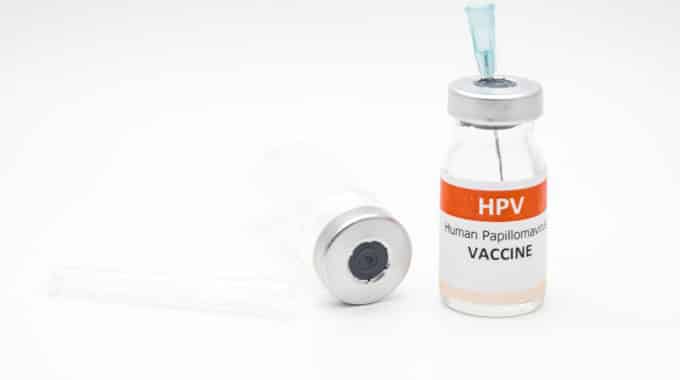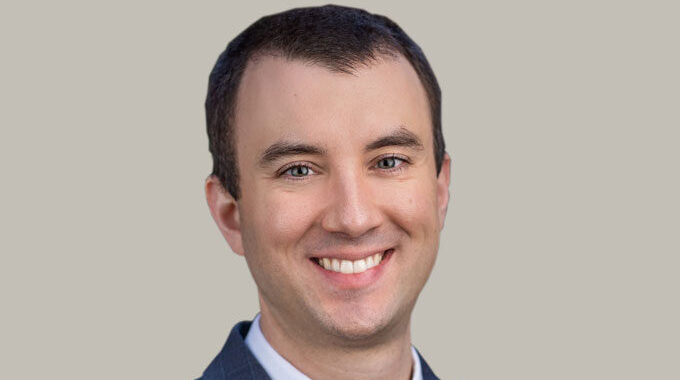Starting December 2, 2024, we are thrilled to welcome Dr. Nikolai Klebanov, a Harvard-trained, board-certified…

HPV in men
Human papillomavirus (HPV) is the virus responsible for most warts on the skin. Some HPV strains can be sexually transmitted and are capable of causing genital warts and a variety of cancers (cervical, anogenital, penile, and oropharyngeal). The strains most responsible for cancers are classified as “high risk HPV” and can be prevented through vaccination of girls or boys at approximately age 11-12 (prior to sexual exposures). Although vaccination rates have increased among girls, vaccination of boys is not as widely practiced.
A recent study published in JAMA Oncology (identified that in their study group of United States men ages 18-59 (1868 men tested in total) the overall genital HPV infection prevalence was 45%. The rate of infection prevalence for the high risk HPV subtypes (which place individuals and their sexual partners at significantly increased risk for cancer) was 25%. Sometimes individuals will develop genital warts which signal that they are infected. However, in most cases the HPV virus may be subclinical, meaning that there are no genital warts or visible signs of infection, but the viral infection still causes the individual to be at increased risk of HPV-related cancers in the future. According to the article, “It is estimated that more than 9000 cases of HPV-related cancers occur in men annually, responsible for 63% of penile, 91% of anal, and 72% of oropharyngeal cancers.” Additionally, male carriers of HPV virus may transmit HPV to their sexual partners placing them at risk for cervical and other cancers.
Based on these risks associated with HPV, the authors of this article encourage parents to consider HPV vaccinations for not only their daughters, but also for their sons at approximately 11-12 years old so that they are protected prior to possible exposure through sexual activity.


